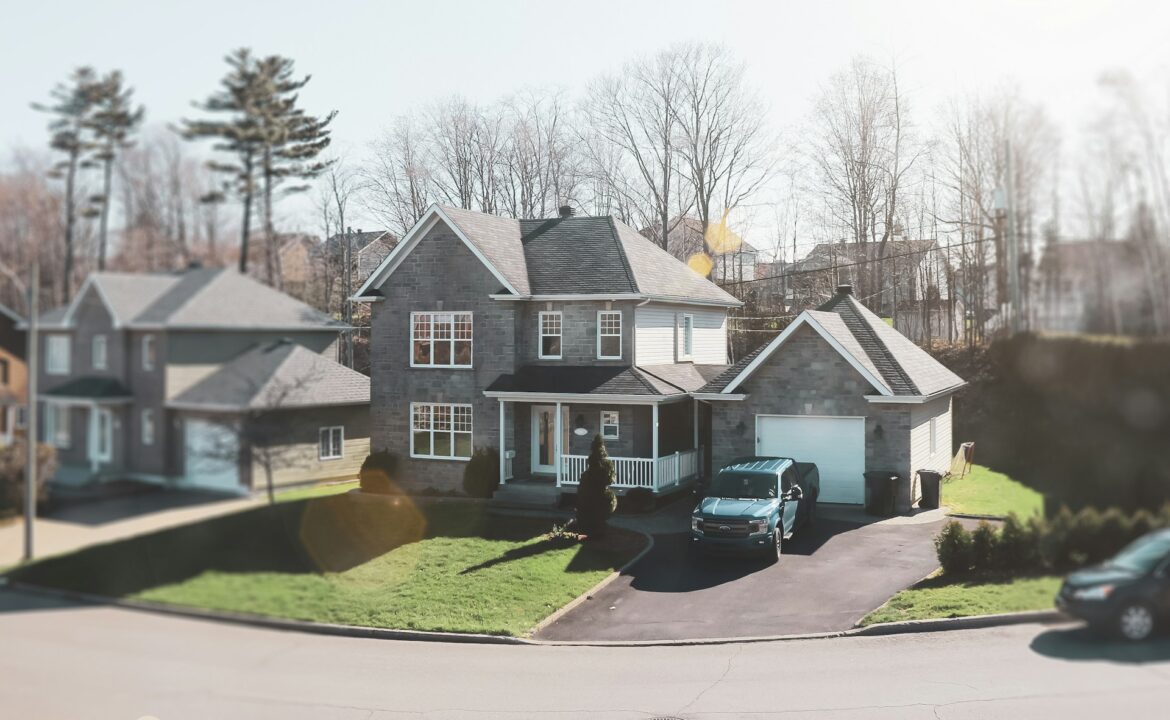The Rise of Co-Living
Co-living spaces have gained significant traction as an innovative solution to the challenges posed by escalating housing costs, particularly in urban environments. These spaces uniquely blend private living quarters with shared amenities such as kitchens and communal lounges, providing a cost-effective alternative to traditional apartments. Companies like Common and Bungalow are at the forefront of this trend, strategically expanding their presence in cities where housing affordability is becoming increasingly scarce. According to real estate analyst Karen Smith, “Co-living provides an affordable and flexible option for those who value community,” which resonates deeply with numerous individuals navigating the complexities of modern life.
Targeting Millennials and Gen Z
The co-living movement is predominantly buoyed by the younger generations, specifically Millennials and Gen Z. This demographic shift reflects a notable preference for affordability and meaningful social connections over the conventional aspirations of homeownership. Many young adults today are favoring flexible living arrangements that foster a sense of community while providing modern amenities. These amenities often include coworking areas, fitness centers, and organized community events—all tailored to enhance the co-living experience and cater to the lifestyle aspirations of its residents. As affordability becomes a major hurdle, the demand for these community-oriented living arrangements continues to grow.
Real Estate Developers Enter the Market
Recognizing the evolving landscape of housing needs, real estate developers are proactively entering the co-living market. Cities such as Los Angeles, New York, and Austin are witnessing a surge of projects specifically designed with co-living in mind. These developments often feature flexible layouts and shared facilities that aim to attract tenants who are seeking not just a place to live, but an enriched lifestyle experience. By focusing on collaborative living environments, developers are redefining how urban dwellers interact with their spaces and their neighbors, promoting community engagement in the process.
Challenges and Opportunities
Despite the promising growth trajectory of co-living spaces, the sector is not without its challenges. Zoning restrictions can pose significant hurdles, particularly in cities with stringent housing regulations. Additionally, concerns regarding privacy and the allocation of shared spaces may deter some potential residents. However, industry experts are optimistic that the rising demand for affordable housing solutions, coupled with innovative design concepts, will pave the way for the continued success of co-living arrangements in 2024 and beyond. Looking forward, these spaces are likely to evolve, incorporating advanced technologies and more personalized amenities to address community needs.
Impact on the Housing Market
The emergence of co-living spaces is contributing to a transformation within the U.S. housing market, showcasing a shift toward communal living in urban locations. This model not only meets the affordability needs of current tenants but also provides alternatives to the conventional housing market strategies that many find inaccessible. As the trend gains momentum, it presents possibilities for urban revitalization, with potential reductions in homelessness and increased housing stock availability. The co-living model reflects broader societal trends of collaborative consumption and the sharing economy, hinting at a future where shared spaces become a norm rather than an exception.
Future Prospects of Co-Living Spaces
As we delve into 2024, the future prospects of co-living spaces appear increasingly bright. The combination of an existing demand for affordable housing and a shifting cultural preference towards shared experiences suggests a significant opportunity for growth within this sector. Furthermore, as co-living providers respond to the evolving needs of their tenants—by offering more personalized and adaptable living arrangements—there is a substantial likelihood that they will capture an even larger segment of the housing market. The growth potential within this niche aligns closely with broader trends in work, leisure, and social interaction, setting the stage for a reinvigorated urban lifestyle.
Conclusion
In conclusion, co-living spaces are carving out a significant niche in the contemporary housing landscape. With their ability to combine affordability, community, and modern amenities, they present a viable alternative to traditional apartment living, particularly for younger generations. Although challenges such as zoning restrictions and privacy concerns remain, the ongoing demand for co-living solutions is likely to drive further innovations and adaptations in urban housing. As we look ahead, these spaces offer a glimpse into a potential future where communal living becomes a standard practice, fostering connections and reducing costs for urban residents.
FAQs
What are co-living spaces?
Co-living spaces are shared living arrangements where individuals have private bedrooms but share common areas such as kitchens, lounges, and recreational facilities. They often come with additional amenities and services to encourage community interaction.
Who is the primary demographic for co-living spaces?
The primary demographic for co-living spaces is Millennials and Gen Z, who prioritize affordability, flexibility, and community connection over traditional homeownership.
What are the benefits of living in a co-living space?
The benefits of co-living spaces include lower living costs, access to community events and amenities, opportunities for social interaction, and a sense of belonging among residents.
Are there challenges associated with co-living spaces?
Yes, co-living faces challenges, including zoning regulations, concerns regarding privacy, and potential misunderstandings among roommates regarding shared responsibilities.
How are real estate developers responding to the co-living trend?
Real estate developers are designing buildings specifically for co-living, focusing on flexible layouts and shared amenities to attract tenants who are looking for a modern lifestyle with a sense of community.

